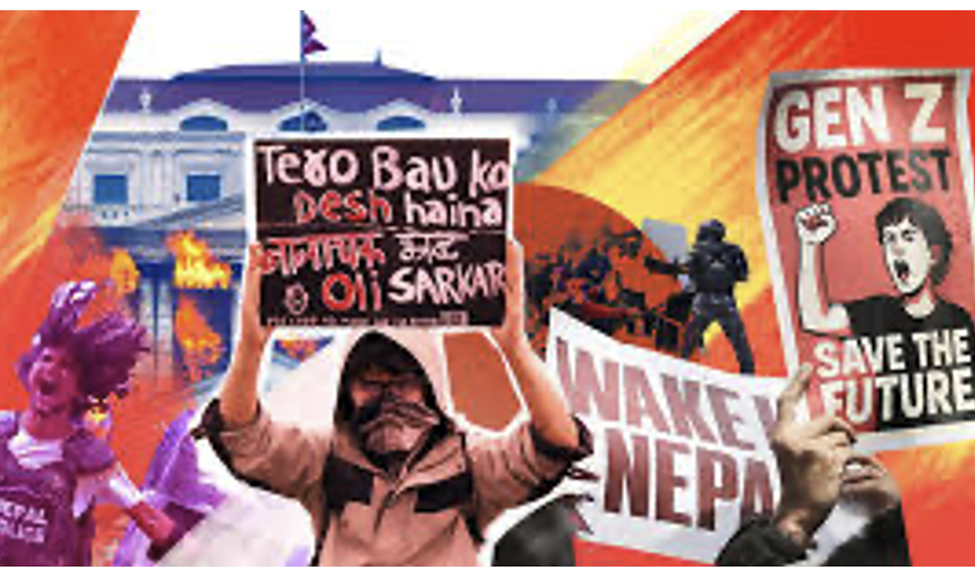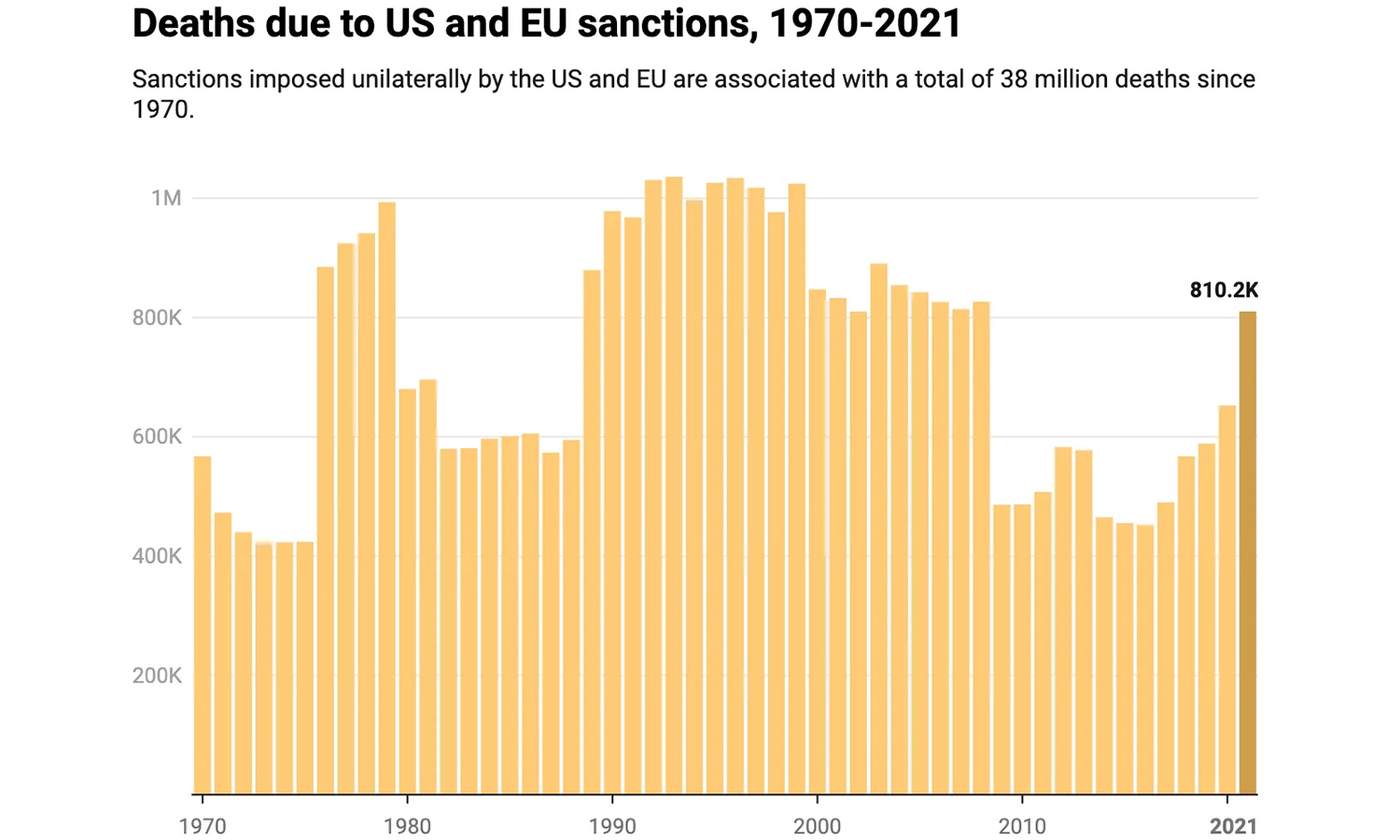Nepal has been shaken by its most dramatic political upheaval since the abolition of the monarchy in 2008. On 16 September, prime minister KP Sharma Oli resigned amid nationwide unrest that left at least 22 people dead, including 19 protesters killed in clashes with police earlier in the week.
It seems the immediate spark for the protests came on 4 September, when the Oli government announced the blocking of 26 social media platforms – including Facebook, Instagram and X (Twitter) – after the companies failed to register with Nepal’s ministry of communication and information technology. The authorities claimed this measure was necessary to ensure regulatory compliance and tax collection from the foreign tech giants.
Thousands of Nepalis – particularly from ‘Gen Z’ – poured onto the streets, denouncing what they saw as an assault on freedom of speech. Within days the ban was revoked, but the protests had already escalated, and anger over the social media ban fused with deeper frustrations over unemployment, corruption and elite privilege.
By Monday 8 September, protests had erupted across Kathmandu and spread to other major cities. Crowds set fire to the parliament, while government buildings and the homes of senior politicians were attacked nationwide. KP Oli’s own residence was torched.
Amid the chaos, nearly 900 prisoners escaped from two prisons in the west of Nepal, with over 7,000 escaping in total from prisons across the country, indicating a level of breakdown of state authority.
The armed forces were able to restore order by mid-September, and an interim government led by Sushila Karki, Nepal’s former chief justice and a well-known ‘anti-corruption campaigner’, has been sworn in. The Nepalese military and state forces have captured the majority of those escaped prisoners and have now returned them to serve their prison sentences.
Karki’s appointment was endorsed by online activist networks – most notably via an unprecedented public vote conducted on Discord, coordinated by a youth-led NGO called Hami Nepal. In her first address, Karki condemned both the corruption that fuelled the protests and the “malicious forces” that exploited them to destroy public offices, burn the supreme court, and release hardened criminals.
Nature of the Gen Z movement
The nature of the Gen Z uprising has been hotly debated. Journalist Kit Klarenberg noted that while the protests are “widely dubbed leaderless”, Hami Nepal – previously an obscure NGO – played a central organising role, using its Instagram and Discord channels to coordinate demonstrations and share guidelines. The group’s sudden prominence and eclectic roster of sponsors has raised eyebrows.
Klarenberg observed that Hami Nepal has received support from sources ranging from local conglomerates and clothing brands to international entities such as Coca-Cola, the Israeli-created messaging app Viber, and the British foreign office-funded Gurkha Welfare Trust. Even Students for a Free Tibet, a US-backed NGO financed through the National Endowment for Democracy (NED) – widely understood to be a CIA front – appears among its affiliates.
These connections have fuelled speculation that the Gen Z protests were not purely organic. Klarenberg has argued that the crisis originated with US tech monopolies that refused to comply with Nepal’s social media registration law. Their noncompliance, he suggests, precipitated a confrontation that big tech and foreign interests then weaponised. (A colour revolution in Nepal?, Global Delinquents, 18 September 2025)
A crisis long in the making
Nepal has suffered extreme political instability since the abolition of the monarchy in 2008, following a decade-long people’s war led by the Communist Party of Nepal (Maoist). In the 17 years since then, the country has cycled through 14 governments, with not a single one completing a full term.
This instability stems, to a degree, from the fact that the two largest communist parties – the Communist Party of Nepal (Unified Marxist–Leninist) and the Communist Party of Nepal (Maoist Centre), led by KP Sharma Oli and Pushpa Kamal Dahal (Prachanda) respectively – have not been able to establish a lasting unity.
The political chaos has made it difficult to face up to Nepal’s deep-seated economic challenges. Unemployment hovers around 10 percent, GDP per capita stands at under 1,500 USD, and over a third of national income comes from remittances sent by migrant workers abroad.
Meanwhile, there is a fairly widespread perception that political elites are corrupt and self-serving, and that the promises of the post-monarchy republic have not been fulfilled.
Oli’s China tilt and the geopolitical backdrop
Nonetheless, it seems highly likely that external geopolitical factors played a role in Oli’s downfall, reflecting Nepal’s complex position within the regional – and indeed global – balance of power. Since returning to office in July 2024, the veteran communist leader, long perceived as pro-China, had sought to deepen ties with Beijing.
Breaking with long-established tradition, Oli’s first foreign visit as prime minister was to China rather than to India. He also participated in the September 2025 parade in Beijing that marked the 80th anniversary of the Victory of the Chinese People’s War of Resistance Against Japanese Aggression and the World Antifascist War, as well as the Shanghai Cooperation Organisation (SCO) summit held a few days earlier in Tianjin.
In December last year, Nepal signed a framework agreement under the Belt and Road Initiative (BRI), the China-led infrastructure program which is strongly opposed by the USA.
Balmukunda Regmi, a professor from Tribhuvan University, Nepal, wrote in the Global Times:
“Infrastructure and connectivity are the backbone of China-Nepal cooperation. China, as a rising global power and a key player in Asia, recognises Nepal’s importance as a gateway to South Asia. Nepal benefits from China’s investments and infrastructure development, which diversify its economic and diplomatic options beyond traditional ties with India …
“Trade between Nepal and China has surged dramatically over the past decade. China provides zero-tariff access to 100 percent of Nepali goods, which has opened new markets for Nepal’s exports.” (China, Nepal pursue shared vision on connectivity, sustainability, strategic balance, 11 August 2025)
Deeper engagement with China offers Nepal a viable path to economic development whilst preserving its sovereignty. However, the tilt toward China provoked unease in both Washington and New Delhi.
Combined with an assertion of Nepalese sovereignty through the social media regulations, US intelligence agencies clearly had motivation to leverage Gen Z discontent towards imperialist ambitions.
Uncertain road ahead
A statement by the International Association of Democratic Lawyers (IADL) notes:
“We have observed the emergence of neo-fascist and pseudo-populist forces in various nations, which have made use of unethical and misleading social media content and big tech digital platforms. The imperialist forces are using their monopolies over these global digital platforms to exploit vulnerable populations and nations in service of their interests …
“Attempts by sovereign nations to regulate big tech platforms in their territory have come under severe attack. We are concerned that Nepal is a vulnerable nation amidst geopolitical contestation, and is threatened by imperialist, neo-fascist, monarchist and pseudo-populist forces that would further deepen the crisis, including increasing poverty, escalating discrimination, and the destruction of social bonds and structures.” (On Nepal’s current political context, 23 September 2025)
It is to be hoped that all leftist forces in Nepal can unite to resist ongoing external interference, defend the country’s hard-won sovereignty, and build a path towards development and prosperity.













